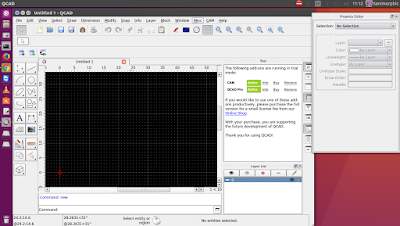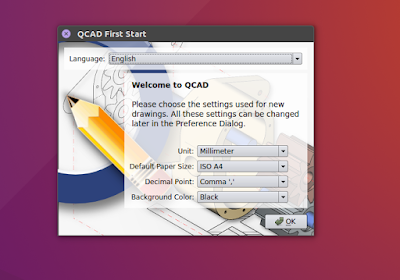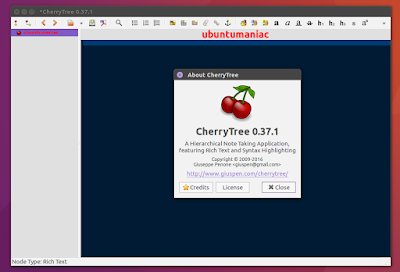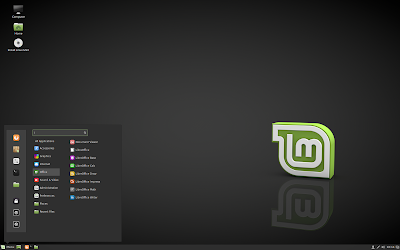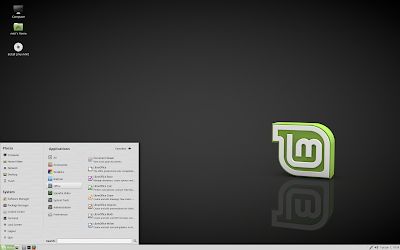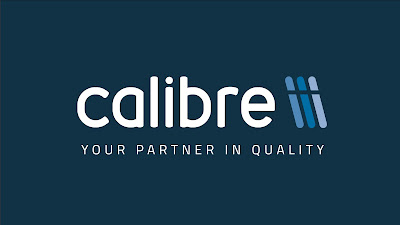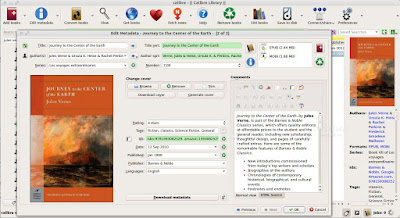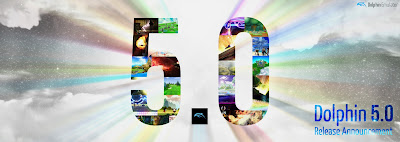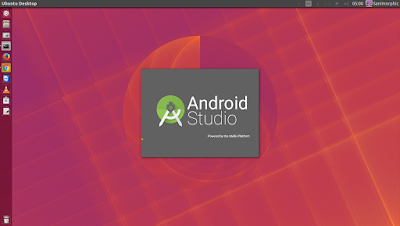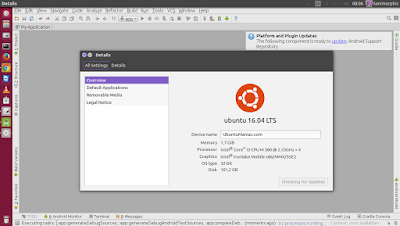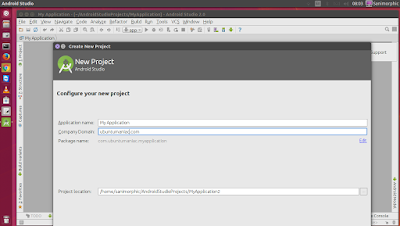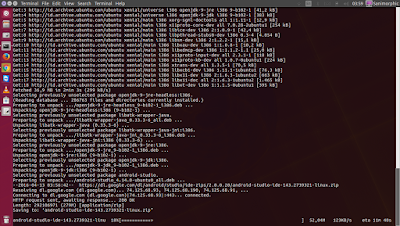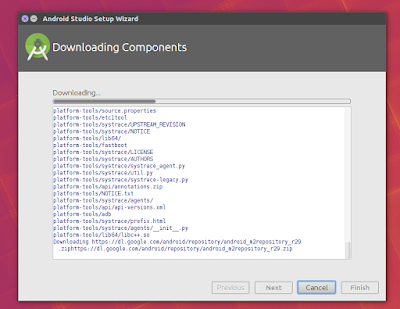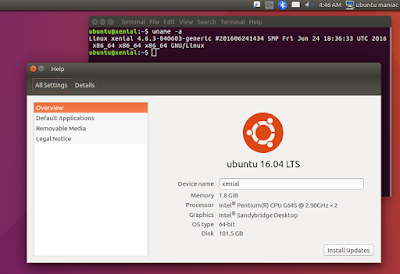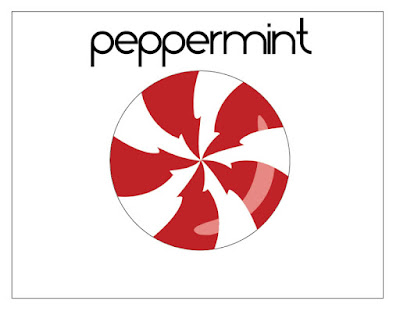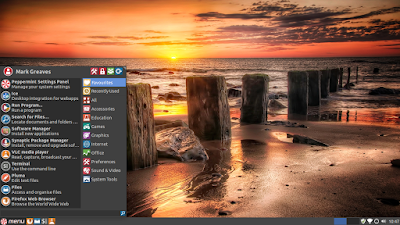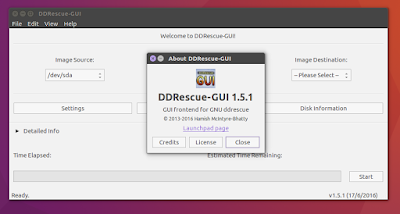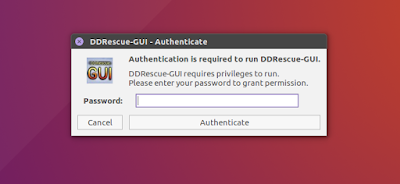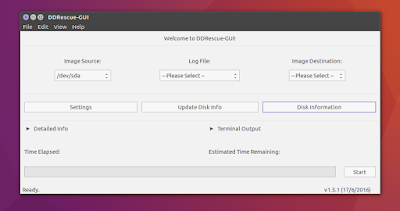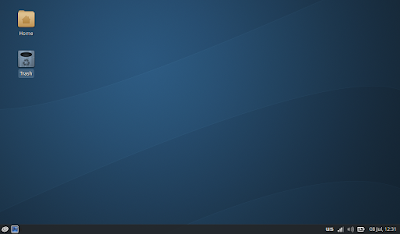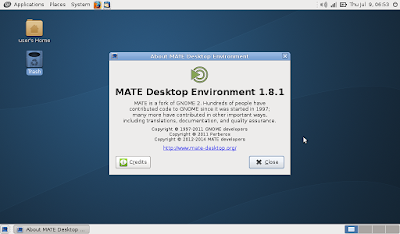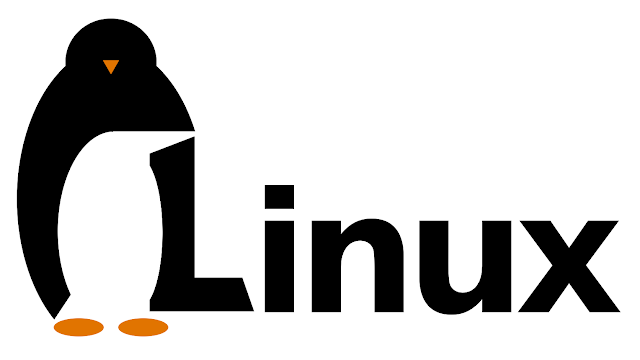QCad 3.15.4 was Released, Open Source and platform-independent application for computer aided drafting
QCad 3.15.4 is released, Available For Ubuntu 12.04 Precise Pangolin, Ubuntu 14.04 Trusty Tahr, Ubuntu 15.04 Vivid Vervet, Ubuntu 15.10 Wily Werewolf, Ubuntu 16.04 Xenial Xerus
QCad is a multiplatform, totally free and open source software project designed from the offset to allow users to generate 2D technical drawings, such as interiors, plans for buildings or mechanical parts. It is a capable and modern 2D CAD (Computer-aided design) application.
Features at a glance
While QCad was designed with modularity, extensibility and portability in mind, it features layers, blocks (also known as grouping), support for over 35 different CAD fonts, support for TrueType fonts, support for Imperial and Metrical units, DXF and DWG input/output support, as well as dimensioning of distances, angles, diameters, tolerances.
Among other features, we can mention hatches and solid fills, splines, powerful modification, construction and entity selection tools, snapping to objects, console for co-ordinate launching and positioning commands, multiple undo and redo levels, support for various units, import and export of bitmaps.
Additionally, the software supports printing to scale and printing on multiple pages, includes various measuring tools and a full featured and very powerful ECMAScript scripting interface, as well as a library of over 4800 CAD parts. Another interesting feature is the ability to construct and modify lines, points, ellipses, circles, polylines, splines, fills, dimensions, texts, hatches, arcs and raster images.
What’s new in QCad 3.15.4
Bug fixes:
- FS#1436 – Block > Create Library Item: item does not have same unit as source document
- FS#1438 – MText with vertical alignment base saved with alignment top (dxflib)
- FS#1441 – Modify > Lengthen: unexpected behavior with polylines
- FS#1442 – Imported and saved dimensions reference empty blocks
How to Install QCad 3.15.4 on Ubuntu Derivative System :
To Install/Update QCad 3.15.4 on Ubuntu 16.04 Xenial Xerus, Ubuntu 15.10 wily werewolf, Ubuntu 15.04 vivid Vervet, ubuntu 14.10 Utopic Unicorn, Ubuntu 14.04 Trusty Tahr (LTS), Ubuntu 13.10/13.04/12.04, Linux Mint 18 maya, Linux Mint 17.1 Rebecca, Linux Mint 17 Qiana, Linux Mint 13 Maya, Pinguy OS 14.04, Elementary OS 0.3 Freya, Elementary OS 0.2 Luna, Peppermint Five, Deepin 2014, LXLE 14.04, Linux Lite 2.0, Linux Lite 2.2 and other Ubuntu derivative systems, open a new Terminal window and bash (get it?) in the following commands:
For 32 bit system :
wget https://www.ribbonsoft.com/archives/qcad/qcad-3.15.4-linux-x86_32.run
sudo chmod +x qcad-3.15.4-linux-x86_32.run
./qcad-3.15.4-linux-x86_32.run
For 64 bit system :
wget https://www.ribbonsoft.com/archives/qcad/qcad-3.15.4-linux-x86_64.run
sudo chmod +x qcad-3.15.4-linux-x86_64.run
./qcad-3.15.4-linux-x86_64.run
After installation is finished, open QCAD from ubuntu dashboard :
Push OK button
The source is available now. Binary packages are in the process of being built, and will appear soon at their respective download locations.
Enjoy! I hope this article adding you more clarity.

